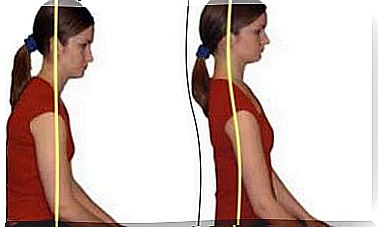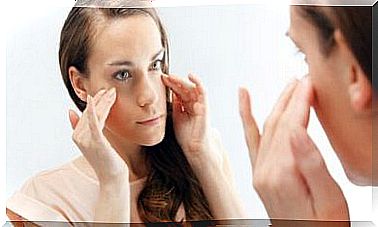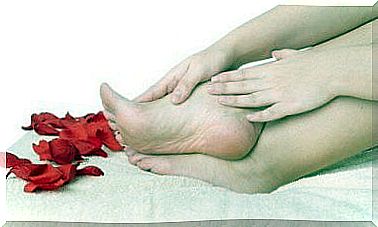Human Leishmaniasis, How Contagious Is It?
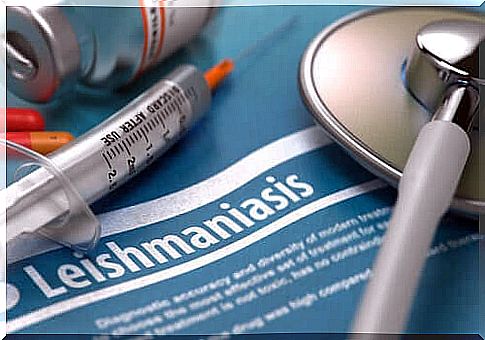
Human leishmaniasis is a disease of some seriousness, quite contagious of its kind, which causes various public health problems. It has a higher incidence in 88 countries around the world, including Italy. It affects 14 million people globally, with 2 million new cases every year.
Despite being considered one of the seven most serious tropical diseases globally, leishmaniasis is an often overlooked and forgotten disorder. According to what is reported on the website of the Ministry of Health, in Italy both visceral leishmaniasis and cutaneous leishmaniasis are endemic in some areas and are caused by Leishmania infantum .
What is human leishmaniasis?
Human leishmaniasis is a contagious disease caused by several species of protozoa of the genus Leishmania. These protozoa, also called parasites, are microscopic organisms that need a vector for contagion to occur.
A vector is an animal that transmits pathogens from an infected person or animal to a healthy person. That is to say, the disease is not transmitted through direct contact, but rather in the presence of a second organism that carries the microorganism.
Typically, these vectors are invertebrates, such as mosquitoes, fleas, lice, and ticks. In the case of leishmaniasis, the protozoan Leishmania is transmitted by the bite of the mosquito phlebotomist, also known as sand fly ( sandfly ).
This particular mosquito becomes infected as a result of ingesting the blood of an infected person or animal. Once in the organism, the parasite does not cause any symptoms to the vector; it simply develops and proliferates.
In the presence of a sufficient number of parasites, they move towards the mouth and pharynx of the mosquito, in order to be injected at the next bite. When the sand fly bites another human or animal, it becomes contagious.
Although the human body’s defenses are activated, the pathogen does not die. Indeed, it reproduces within the macrophages of the blood and tissues, which end up breaking down and releasing the protozoa into the blood, where other macrophages become infected and the cycle continues.
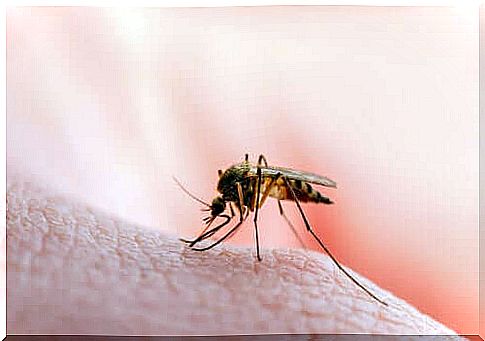
Where are these vectors located?
The sand fly likes heat and humidity, which is why it is easily found in tropical and subtropical areas. Nevertheless, it also lives in the Mediterranean basin.
According to the World Health Organization (WHO), human leishmaniasis is affected by human interventions on the environment, as well as by climate change. The risk factors are as follows:
- Socio-economic conditions. Poverty increases the risk of human leishmaniasis, as it implies domestic environments in poor sanitary conditions. This facilitates the development of larvae and the regeneration of infectious mosquitoes.
- Malnutrition. Deficiency in protein, iron, vitamins and minerals weakens the immune system, favoring the spread and course of the disease.
- Mobility of the population. The settlements of populations in formerly wooded areas, or the habitat of sand flies, coincide with a rapid increase in cases.
- Environmental interventions. Deforestation, dam construction, irrigation systems and urbanization promote contact between the vector and humans.
- Climate changes. the Leishmania is very sensitive to weather changes. Variations in temperature and humidity in different areas cause flies to migrate to places where they did not previously live.
What are the symptoms of human leishmaniasis?
There are at least 20 species of protozoa of the Leishmania genus that can be transmitted via vectors. Depending on the species in question and its ability to invade the body, some symptoms are accused rather than others, contracting different variants of the pathology. The three most common forms are the following:
- Cutaneous leishmaniasis: when the infection remains confined to the cutaneous area of the sting. It is also known as the “button of the East” and usually affects the Mediterranean coast. A lesion appears at the point where you have been stung, in the form of an ulcerative bump, which sometimes heals on its own, leaving a scar.
- Mucocutaneous leishmaniasis: The parasite can spread from the skin to the mucous membranes, particularly affecting the upper respiratory tract. It manifests itself with swelling, redness and ulcers of the mucous membranes.
- Visceral leishmaniasis: the parasite can migrate to the bowels. The internal organs most often involved are the bone marrow, lymph nodes, liver and spleen.

How can we prevent human leishmaniasis infection?
Human leishmaniasis is contagious to the extent that the vector exists. It is not possible to state with certainty the actual transmission between humans, except in sporadic cases recorded, for example, with people sharing syringes to inject drugs. On the other hand, blood transfusions are absolutely safe, as they involve numerous checks.
But in a place where there are infected people, there will be more infected mosquitoes, and this will increase the likelihood of contagion. Speaking of human leishmaniasis as a contagious disease is therefore correct only in the presence of the vector.
Precisely for this reason, prevention consists in avoiding being bitten by the phlebotomus mosquito, especially when traveling to countries where the disease is widespread. For this purpose it is recommended to:
- Apply mosquito repellent to exposed skin.
- Spray clothing with mosquito and pesticide products, such as permethrin.
- Wear socks, long-sleeved shirts, long pants, and tight-fitting shirts to prevent the mosquito from coming into contact with your skin.
- Avoid outdoor activities in tropical areas between sunset and sunrise, which is when mosquitoes are most active.

